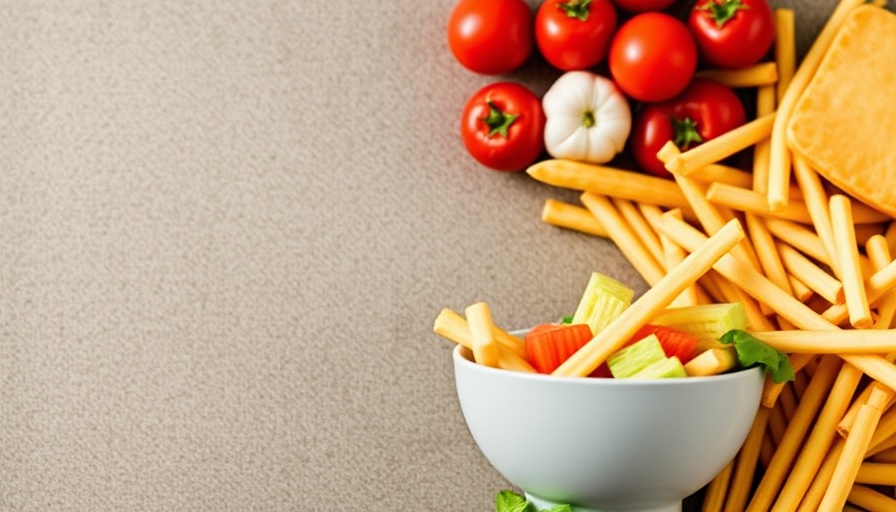
Understanding Compulsive Eating: The Hidden Forces
Why do we find ourselves drawn to certain foods, even when we know they're not healthy? This question haunts many, particularly those striving to shed extra pounds. Studies reveal that our cravings are not just about hunger; they are often intertwined with emotional states and biological triggers. Foods high in sugar and fat can spark the brain's reward centers, making them hard to resist. Understanding these cravings is the first step towards making healthier choices.
The Emotional Connection with Food
Our relationship with food can be deeply emotional. Many people use eating as a form of comfort during stressful times. This is often termed "emotional eating." Recognizing when food serves as a coping mechanism, rather than a source of nourishment, is crucial in breaking the cycle of unhealthy eating habits. Simple wellness tips for everyday life can help individuals develop more balanced eating patterns by promoting awareness of their triggers.
Building a Wellness Lifestyle
So, how can individuals combat these powerful cravings? Building a personal wellness plan that includes emotional and physical wellness is essential. This may involve seeking healthier alternatives for favorite comfort foods and incorporating balanced meals into daily routines. Keeping a food journal could also assist in identifying patterns and emotions tied to eating, fostering a better understanding of one's triggers.
Actionable Steps for Change
To move towards healthier eating habits, create daily wellness habits that work for you. Start small by setting realistic nutrition goals and gradually incorporating nutritious foods into your diet. Engage in activities that reduce stress, such as exercise or meditation, to support emotional wellness. Remember, the journey to a balanced life is gradual and requires patience.
As you explore your relationship with food, consider seeking professional guidance, if necessary. Understanding and addressing the emotional factors can lead to long-term changes in how you view and enjoy your meals.
 Add Row
Add Row  Add
Add 



Write A Comment